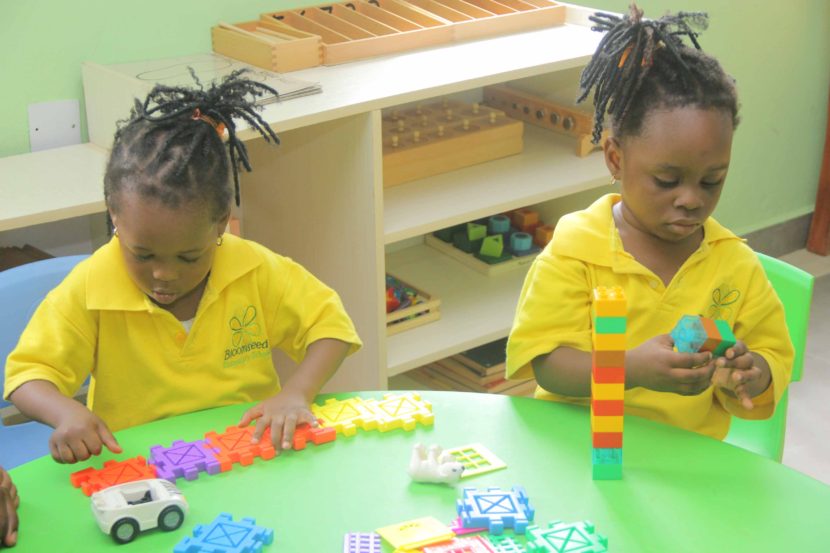STEAM is an educational approach that integrates science, technology, engineering, arts, and mathematics to foster creativity, problem-solving, critical thinking, and innovation among students. STEAM education is crucial in preparing students for the future, where technological advancements are shaping the world.
The importance of STEAM education can be seen in various fields, such as medicine, engineering, technology, and the arts. For example, advancements in medical technology have resulted in the development of prosthetic limbs, robotic surgery, and gene therapy. These innovations require a strong foundation in STEAM education.
In contrast, a child who is not exposed to STEAM education may lack the skills and knowledge needed to succeed in the future job market. For example, a child who does not understand how technology works may struggle to use modern devices or adapt to new technologies in the workplace. Similarly, a child who does not understand basic scientific concepts may struggle to solve problems or make informed decisions in their daily lives.
The difference in education between a child exposed to STEAM and one that is not can be seen in their problem-solving abilities, creativity, and innovation. Children who are exposed to STEAM education are encouraged to think outside the box and come up with creative solutions to problems. They learn to use technology to create, innovate, and communicate ideas effectively. Additionally, they learn how to work collaboratively and communicate their ideas with others.
In the classroom, STEAM equipment includes 3D printers, microscopes, robotics kits, and coding software. These tools allow students to explore and experiment with different concepts, learn from their mistakes, and apply their knowledge to real-world problems. For example, students can use a 3D printer to create prototypes of products, test their designs, and make improvements.
Experimentation is an essential part of STEAM education. Children learn how to conduct experiments, collect data, and analyze their results. They learn how to make predictions and draw conclusions based on their observations. Through experimentation, children can gain a deeper understanding of scientific concepts and develop critical thinking skills that are vital for success in the future.
Finally, it is important to note that anyone can become a scientist and win Nobel prizes. STEAM education provides students with the skills and knowledge they need to pursue careers in fields such as medicine, engineering, technology, and the arts. By fostering creativity, innovation, and problem-solving skills, STEAM education empowers students to pursue their passions and make a difference in the world.
In conclusion, STEAM education is crucial in preparing students for the future. By integrating science, technology, engineering, arts, and mathematics, students can develop the skills and knowledge they need to succeed in the job market and make a positive impact on the world. Through experimentation, collaboration, and creativity, children can become scientists and innovators, and even win Nobel prizes. STEAM education is the key to unlocking their potential and shaping a brighter future for all.






2 thoughts on “THE BLOOMSEED APPROACH TO STEM EDUCATION”
This is the type of school you create when your father was a distinguished Professor and your mother a Permanent secretary in education.May God bless this school.
three schools one family .lol.